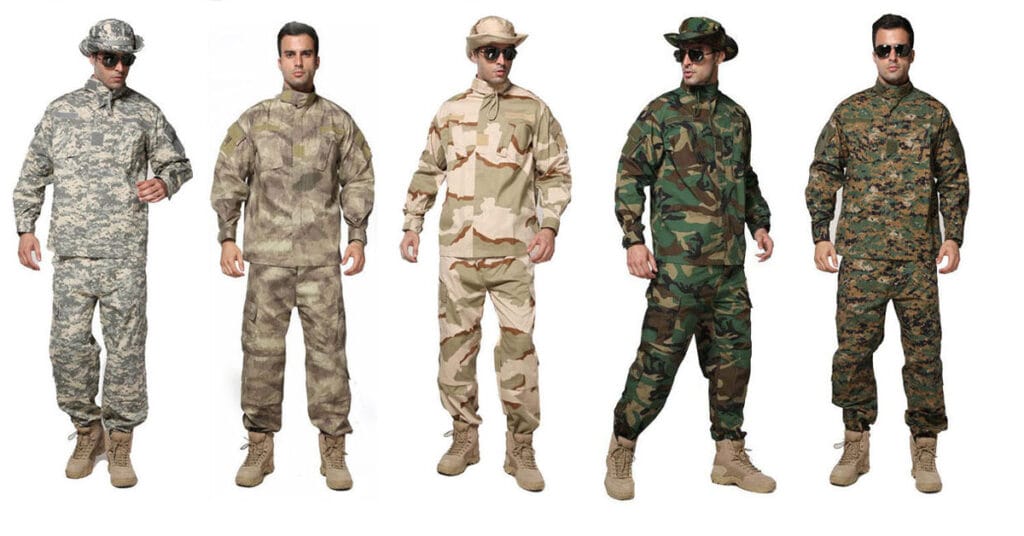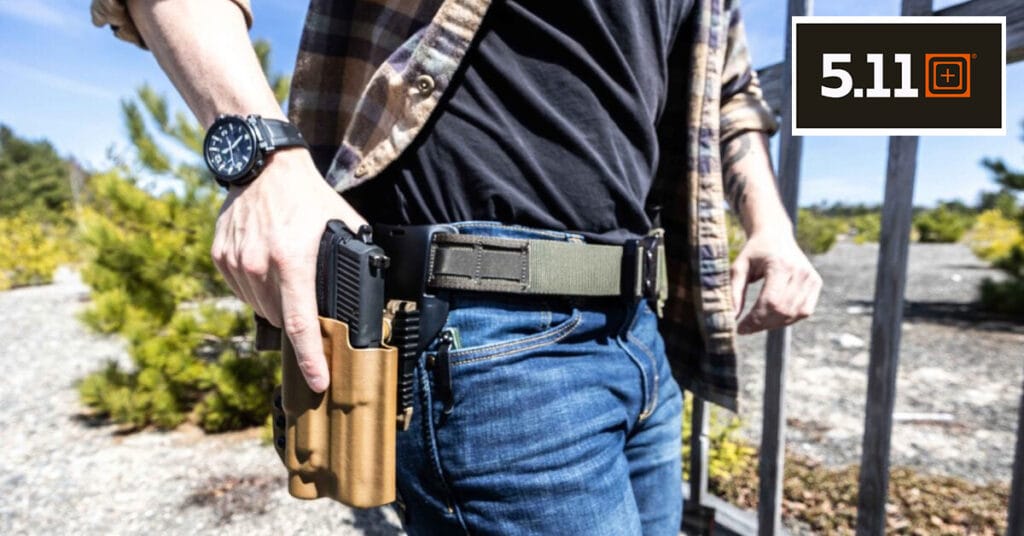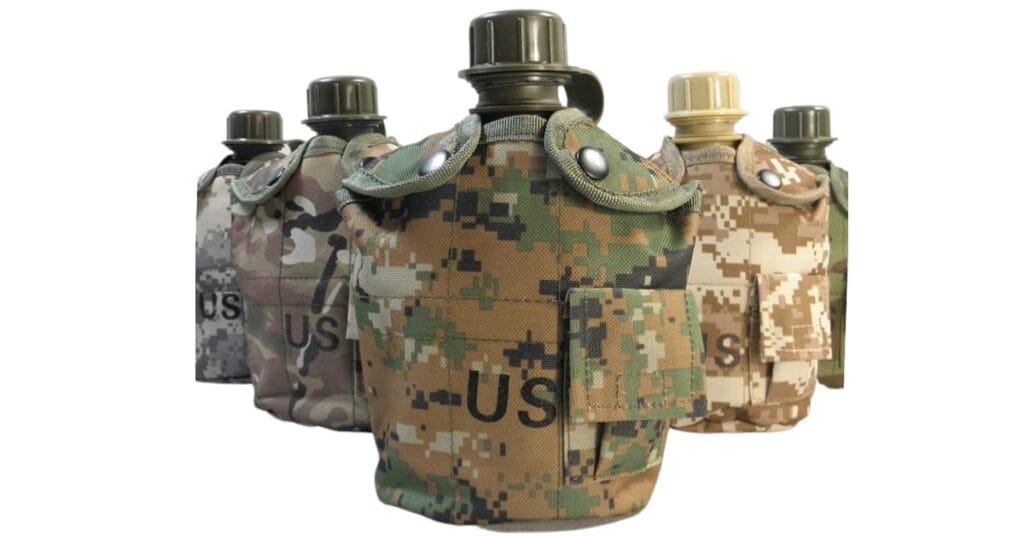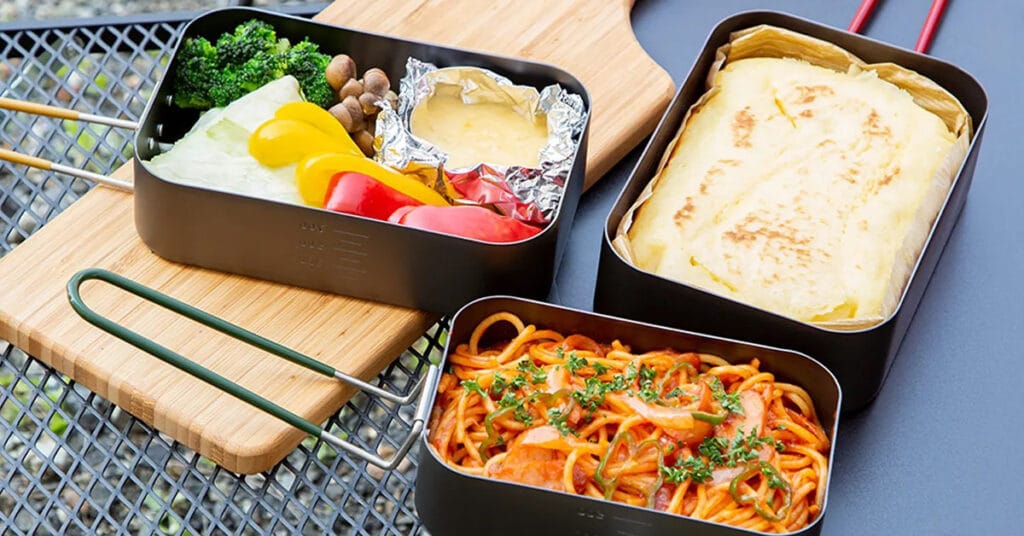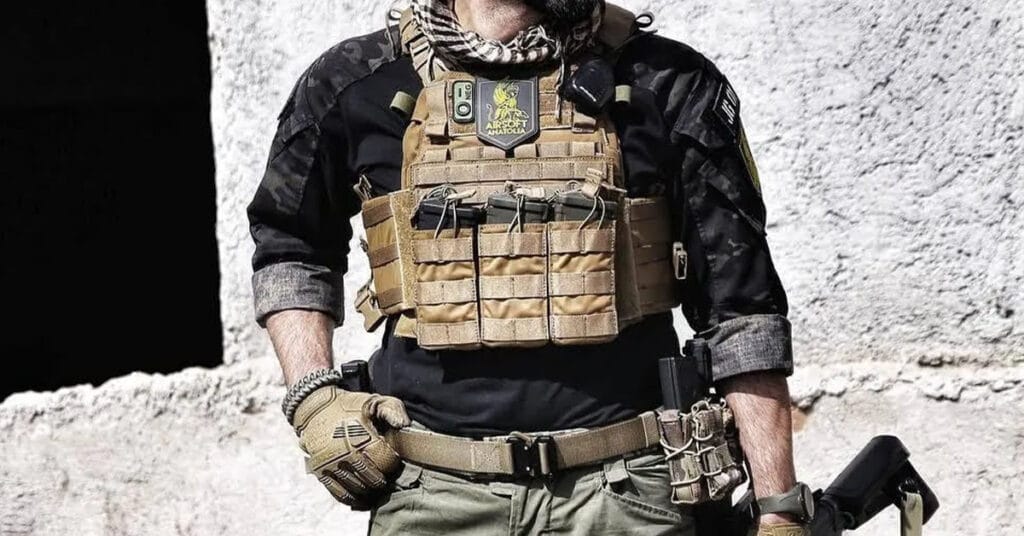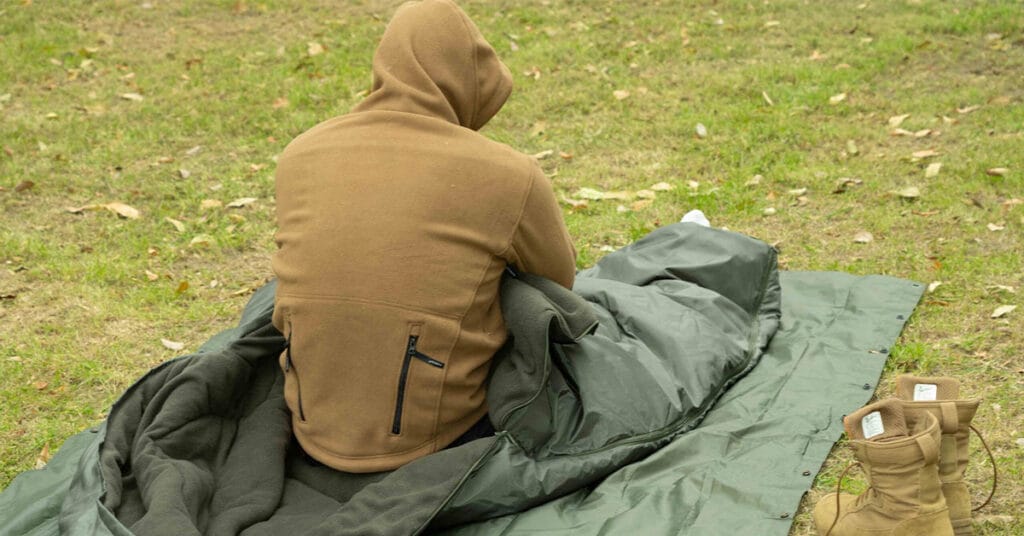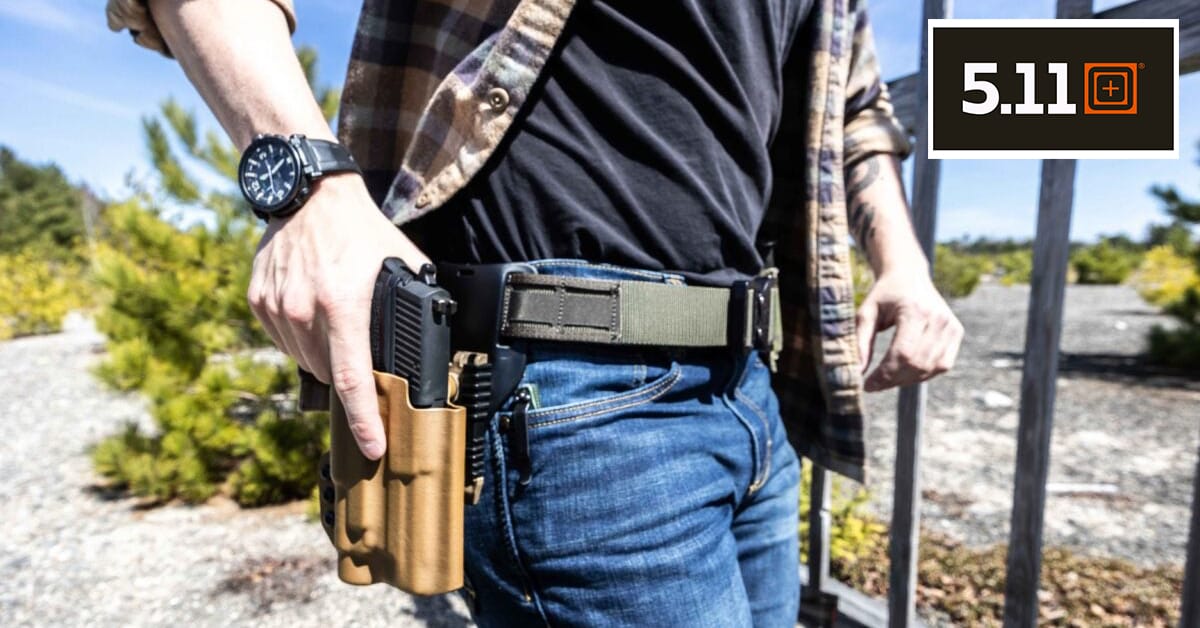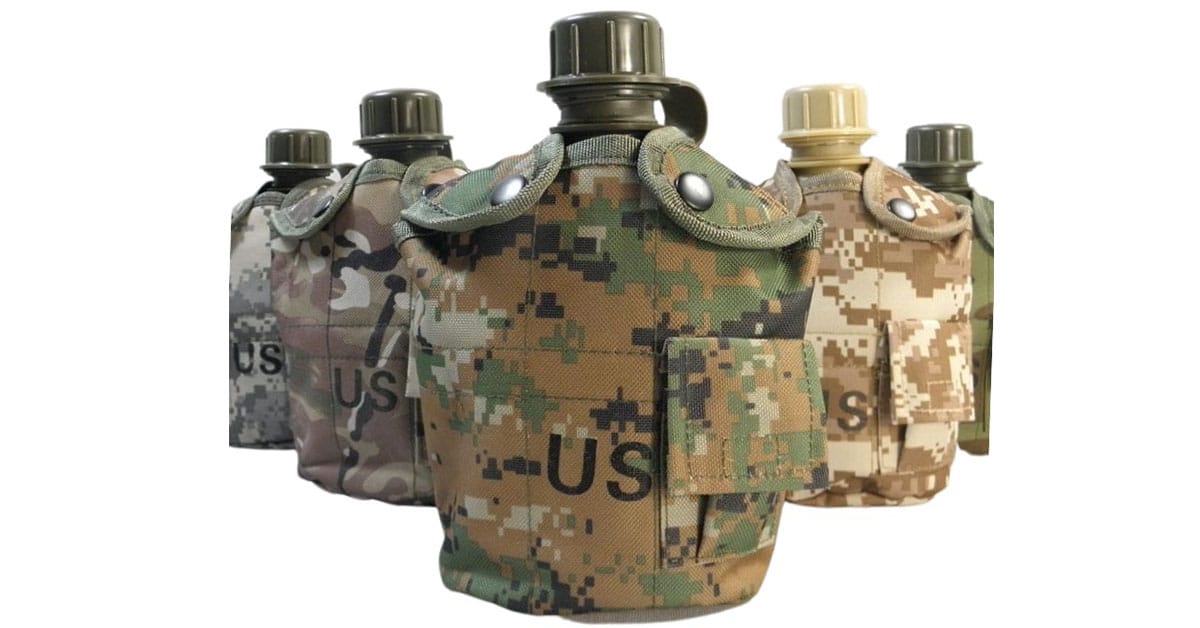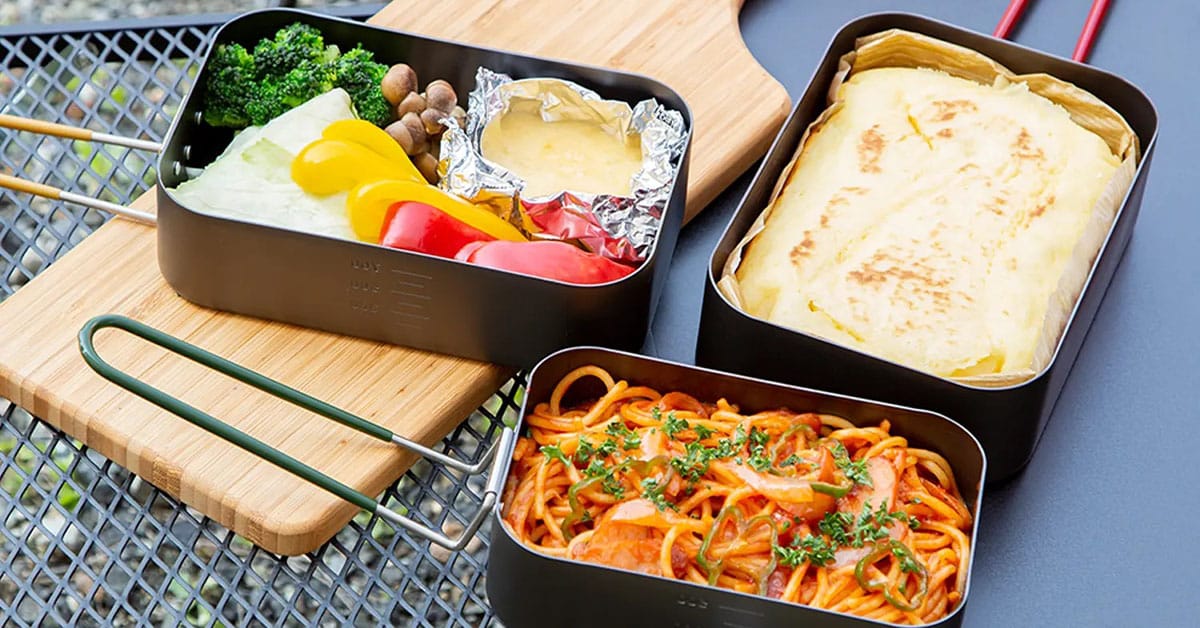Are you tired of waking up cold and uncomfortable on your outdoor missions? Ever wonder if your sleeping bag can truly withstand harsh environments? Worried that your gear won’t offer enough protection when you need it most?
Choosing the right tactical sleeping bag is more than just picking one off the shelf. When you’re in extreme environments, every piece of gear matters, and your sleeping bag is no exception. But with so many options on the market, how do you know which one is right for you? In this post, we’ll tackle some of the most common questions and concerns about tactical sleeping bags, including some lesser-known but critical details that are often overlooked.
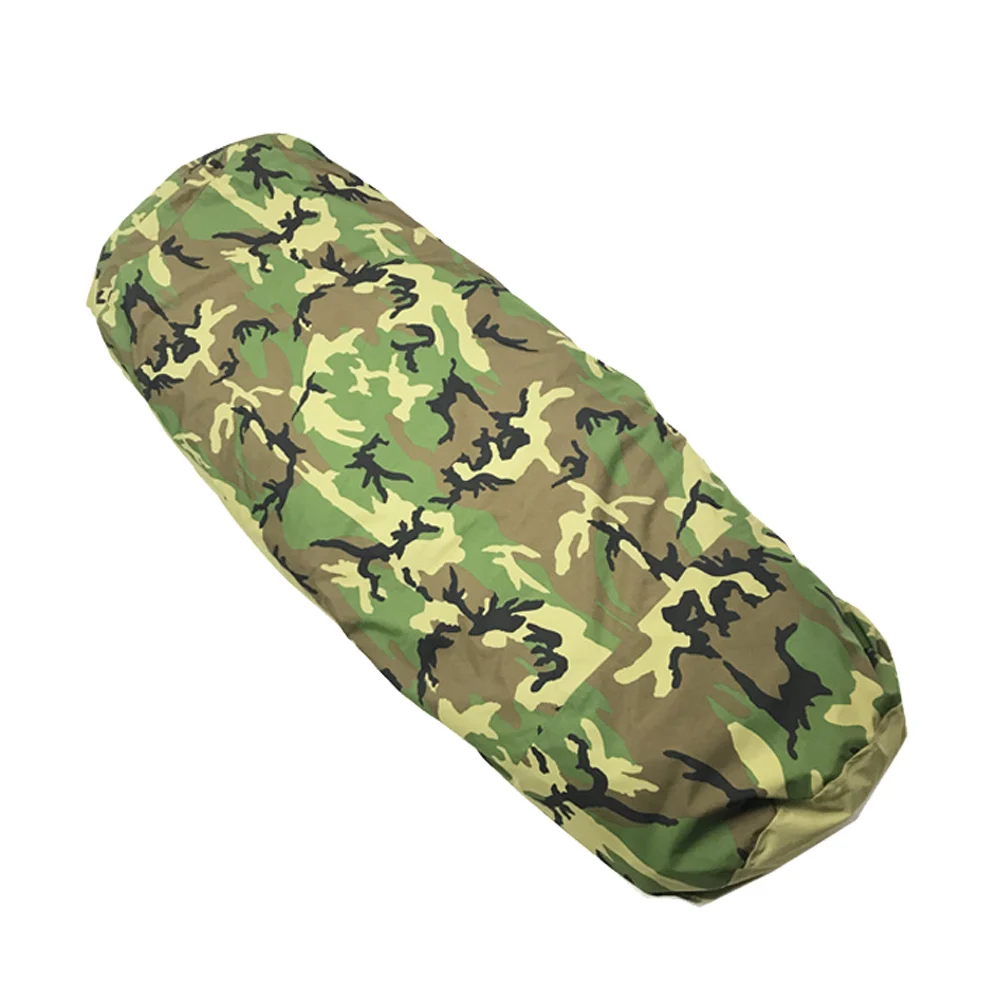
1.What Makes a Tactical Sleeping Bag Different from a Regular One?
At first glance, the differences between tactical and regular sleeping bags may seem limited to durability and design. However, the performance gap runs deeper. A key distinction is the multi-functional design. Tactical sleeping bags are often integrated into modular systems with other survival gear—like bivy sacks or ground pads—that can extend their functionality. These layers aren’t just about insulation; they can add camouflage, stealth, or even flotation properties in certain conditions.
In addition, some tactical bags have silent zipper systems to prevent noise during covert operations. This is an essential feature that you might not think of until you’re trying to stay undetected during nighttime maneuvers.
Another overlooked point is that tactical sleeping bags are often designed for versatility in climate adaptation. For example, some bags feature removable inner liners, which can be used separately in warmer conditions or added for extra insulation when the temperature drops.
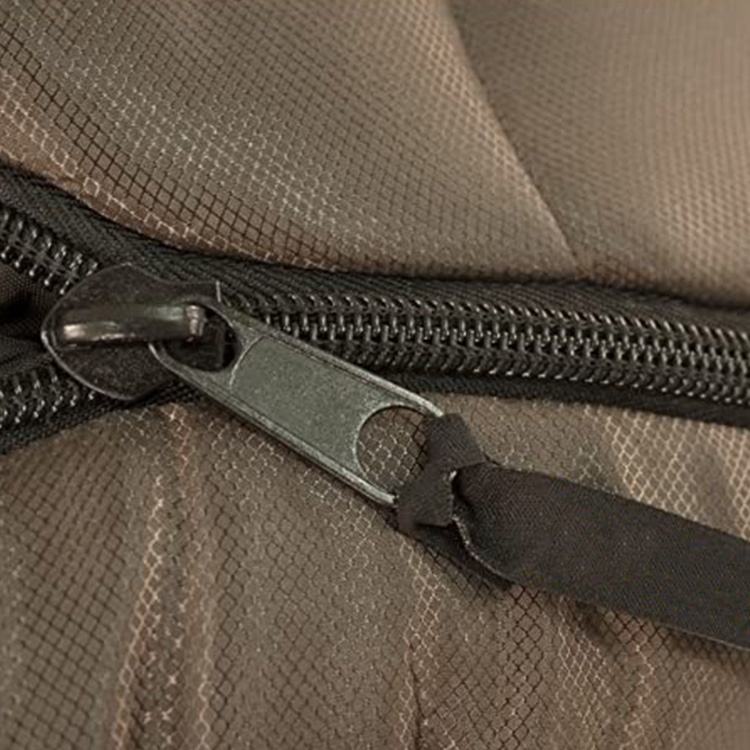
2.What Temperature Rating Should I Look For?
The obvious choice is to pick a sleeping bag with a temperature rating that matches the conditions you expect. But here’s where it gets tricky: personal factors matter more than you think.
Your body type, metabolism, and even your exhaustion level can affect how cold you feel. For example, smaller individuals lose heat faster, meaning they may need a sleeping bag rated for lower temperatures than someone larger. Tactical bags, especially those designed for military use, take these variables into account by offering adjustable hoods, draft collars, and foot compartments to allow customization for each user.
Another often overlooked factor is humidity. High humidity in tropical regions can make even moderately cool temperatures feel much colder. Therefore, choosing a sleeping bag with moisture-wicking materials, or one that has layers you can peel off or add depending on moisture levels, is crucial for staying warm without getting soaked in your own sweat.

3.How Important Is Weight and Packability?
Weight and packability are commonly considered, but not all tactical users think about the impact on body fatigue over the long term. While a lighter bag may seem like the obvious choice, you need to balance this with the thermal efficiency it provides.
Here’s something tactical users often overlook: the type of packing system. A standard compression sack may get the job done, but some tactical sleeping bags come with modular compression sacks that allow you to compress different areas separately, improving load balance when packing them with other gear.
Also, look for external attachment loops. Some tactical sleeping bags come with loops or MOLLE (Modular Lightweight Load-carrying Equipment) webbing that allows the bag to be attached to the outside of your pack, saving valuable internal space.
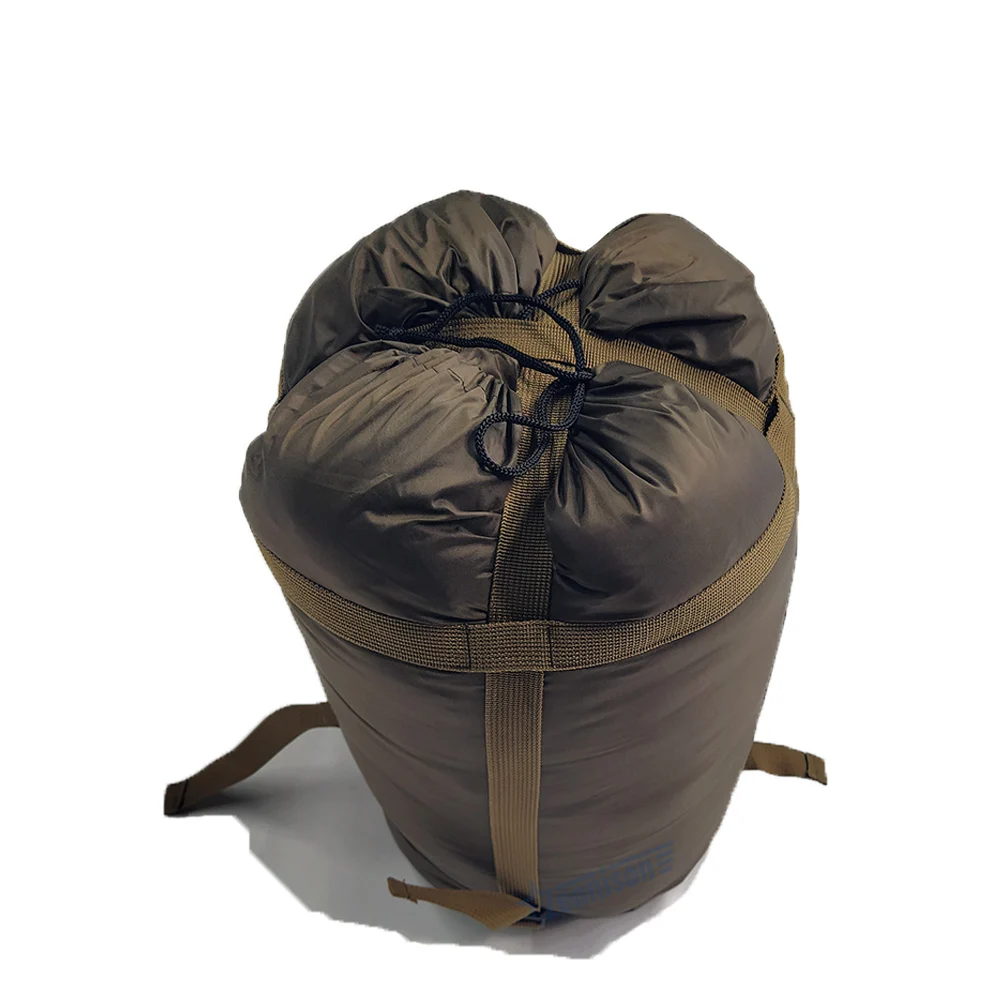
4.Is a Tactical Sleeping Bag Waterproof?
While water resistance is a known feature, there’s a lesser-known but important point: condensation inside the bag. Even with waterproof external layers, condensation from your body heat can build up inside, especially in humid or cold environments. This can lead to moisture accumulation that compromises the insulation and causes discomfort.
To combat this, look for bags with breathable membranes or vapor barrier liners that help manage moisture and prevent condensation build-up. Some tactical bags use advanced materials like eVent fabric, which allows moisture to escape while keeping water out.
Another key point is the waterproofing of seams. Even if the material itself is waterproof, poorly sealed seams can lead to water infiltration. Check whether the seams are taped or welded to prevent leaks in extreme conditions.
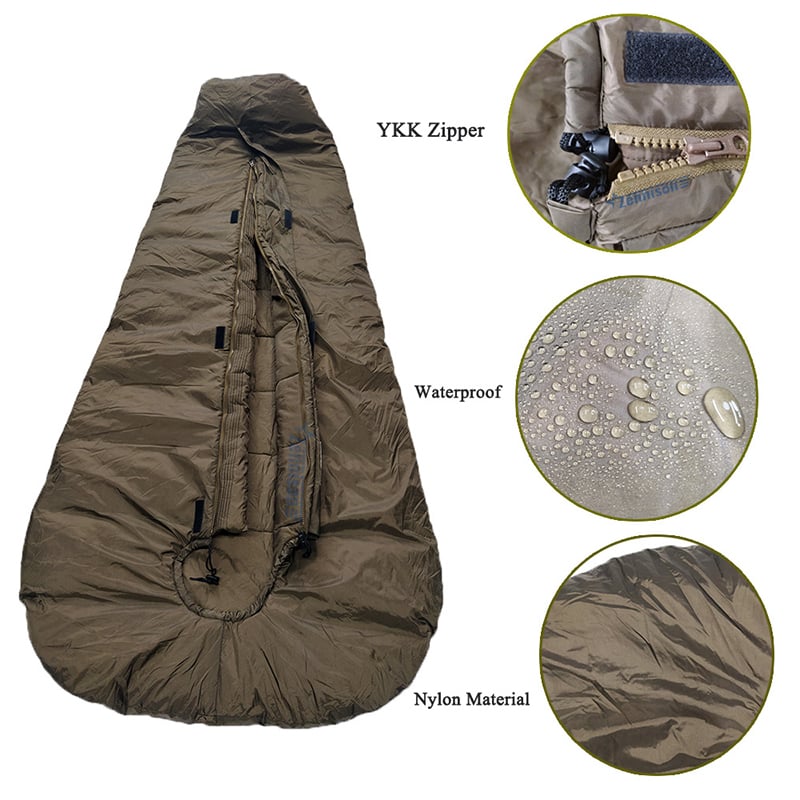
5.What Size Should I Get?
Size isn’t just about your height; how you sleep matters, too. Do you sleep on your back, side, or stomach? These sleeping positions affect how comfortable you’ll be in a sleeping bag. For instance, side sleepers may want bags with a roomier cut to allow more movement, while back sleepers can go with a tighter fit to trap warmth more efficiently.
Also, consider foot space. If your feet get cold easily, look for bags with insulated foot boxes or extra space to fit a heat pack. Some tactical sleeping bags even have ventilation zippers near the feet, so you can regulate temperature without unzipping the entire bag.

6.Do Tactical Sleeping Bags Come with Additional Features?
You might expect internal pockets or compression sacks, but one feature often overlooked is the multi-use design. Certain tactical sleeping bags can be used as a makeshift shelter, opening up flat to act as a cover or emergency tarp. Some models even have an integrated mosquito net around the hood, which is a lifesaver in tropical or bug-heavy environments.
Other surprising add-ons include fire-retardant coatings, which are crucial in environments where you’ll be building fires or exposed to flammable materials. In high-risk tactical operations, these coatings add an extra layer of safety that most people don’t think about when buying a sleeping bag.
7.How Do I Take Care of a Tactical Sleeping Bag?
Proper care is often neglected but can drastically extend the lifespan of your tactical sleeping bag. Beyond drying and cleaning, another important point is to avoid storing your bag in a compressed state for long periods. This can permanently damage the insulation’s loft, reducing its ability to retain heat. Instead, store your bag in a large, breathable storage sack or hang it to keep the insulation fluffy and effective.
Also, be mindful of UV damage. If you’re using your bag in environments with prolonged exposure to sunlight, the UV rays can degrade the fabric over time. Look for bags that are UV-resistant or be sure to store them in the shade when not in use.
8.What Is the Best Tactical Sleeping Bag for My Needs?
There’s no one-size-fits-all answer here, and that’s exactly why it’s so important to carefully consider your specific needs. Will you be in a cold desert, a humid jungle, or an urban environment where stealth is critical?
Zennison’s tactical sleeping bags are designed to adapt to a range of environments. Whether you need a bag with removable liners for modular temperature control, a waterproof shell for extreme weather, or even a camouflage design for covert operations, we have a solution. Our bags are built with high-grade materials and feature cutting-edge designs tailored to meet the demands of military personnel, outdoor enthusiasts, and tactical professionals alike.
Ready to invest in the best tactical sleeping bag for your mission? Zennison offers top-of-the-line products that combine innovation, durability, and comfort, tailored to your specific needs. Don’t wait until you’re in the field to realize you’ve chosen the wrong gear—Contact now at Zennison and ensure you’re fully equipped for any challenge ahead.

